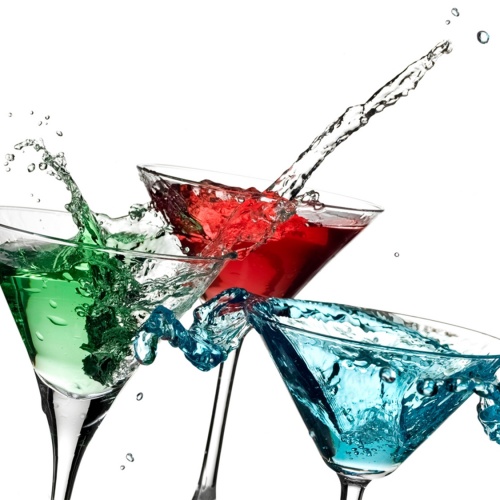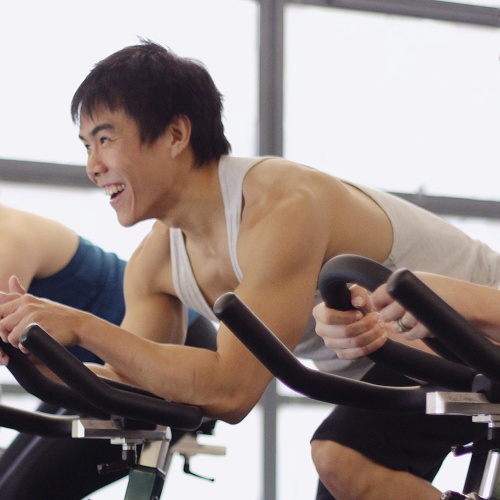Every year, most of us make some kind of New Year’s resolutions, most intended to be life changing in some way, and usually around health and exercise. These goals can often lead to remarkable changes when seen through. Unfortunately, many of us don’t anticipate the toll that a significant increase in exercise can have on our bodies.
Many people – even those who are generally very active – fail to take account of the effects of their Christmas break. After 2 weeks’ inactivity, compounded with increased alcohol intake (for many of us) and increased food intake (for pretty much all of us), we start our January resolutions with a bang. No wonder so many end shortly after with a whimper.
It’s a shock to the system, and given the previous fortnight’s excesses, the system is least prepared to cope with it. Returning to our existing bad habits, such as poor workplace posture, combines with overuse at the gym, increases stress on muscles and joints, making us more susceptible to injury.
The trick is to start off light – reintroduce exercise gradually and listen your body. Carefully. You live with your body every day, so nobody knows when it is under stress as well as you do – and if you pay proper attention to it, it will give you signs. Don’t ignore them.
Sometimes the cause of over-stress and injury is pushing your body too hard too soon. Another is not recovering properly after each workout – it’s important to set adequate time aside after each training/workout session to cool-down and stretch. But it’s equally to introduce regular Sports Massages into your training schedule.
Sports Massages aid in prevention of muscle injuries through increased tissue (rejuvenation/regeneration), enabling a faster recovery time and, in turn, a more effective next workout. Throughout all levels of sports, Sports Massage plays a pivotal role in aiding recovery. So for anyone exercising regularly, it’s a necessity, not a luxury.
Physical and mental effects include increased:
- Fluid circulation (blood, lymph)
- Relaxation of the muscles
- Elimination of toxins
- Breaking down of tissues
- Release of tension
- Overall relaxation (reduced stress levels)
- Alertness
- Pain reduction
- Energy
- Flexibility
- Fluid movement (i.e., referring to the quality of the range of motion)
- Recovery
- Muscle fibre strength
As a general rule of thumb, schedule one Sports Massage for every 4-5 workout sessions per week (of any severity/difficulty).
Adding Sports Massage to your planned routine is a relatively small change. But the benefits are anything but minor – it can take what could potentially be an ill-fated attempt at improving your overall health and wellbeing, and turning it into successful life-changing routine.








